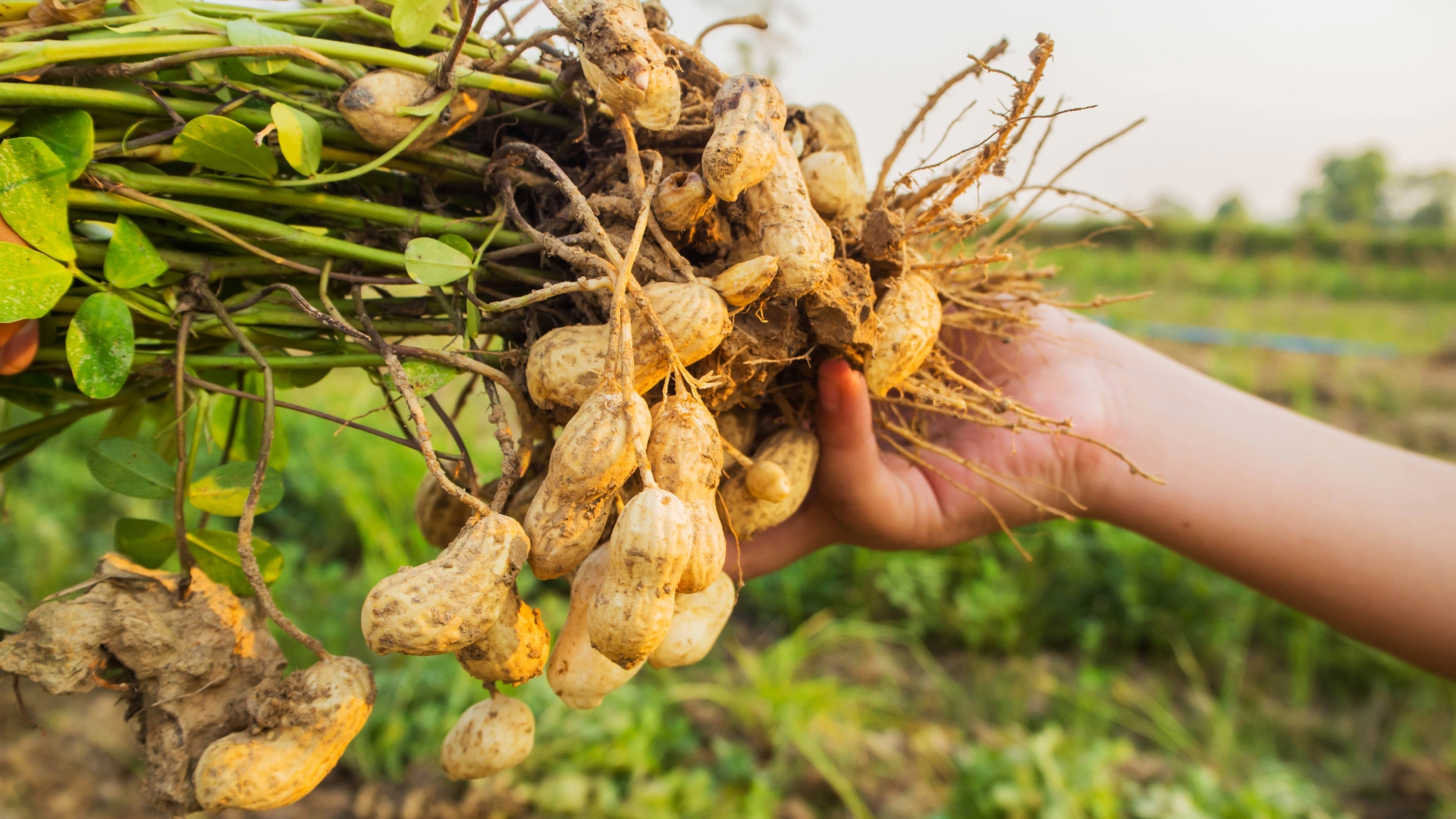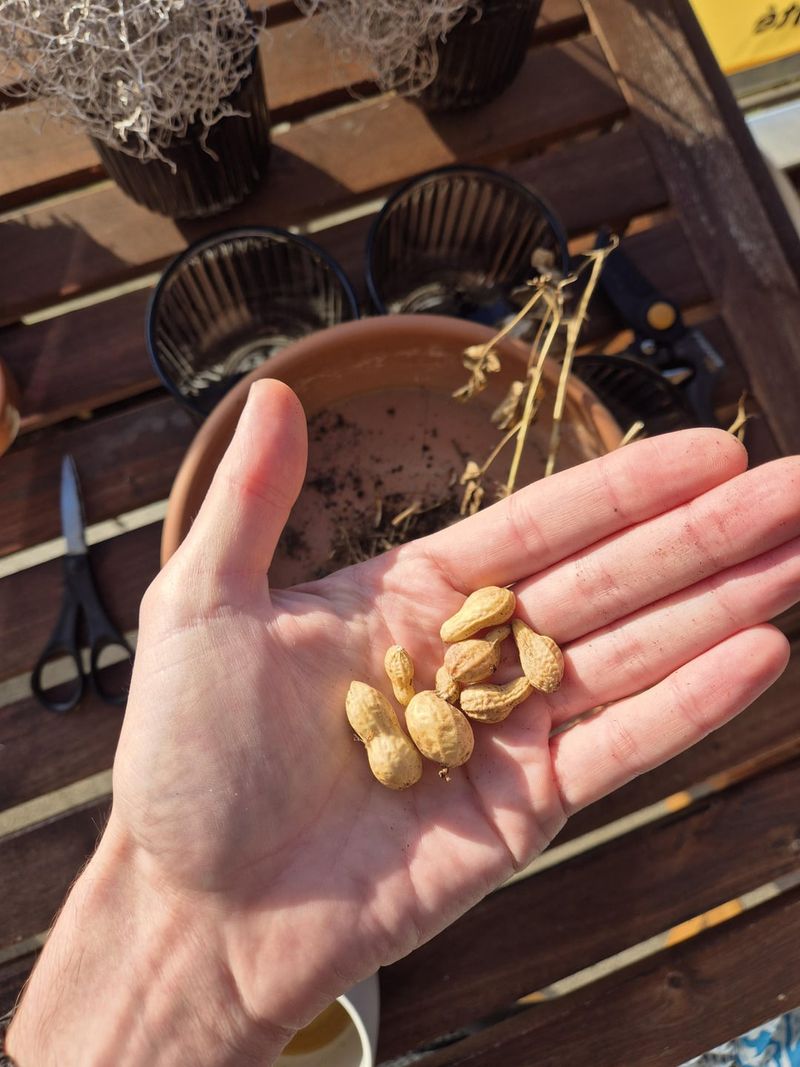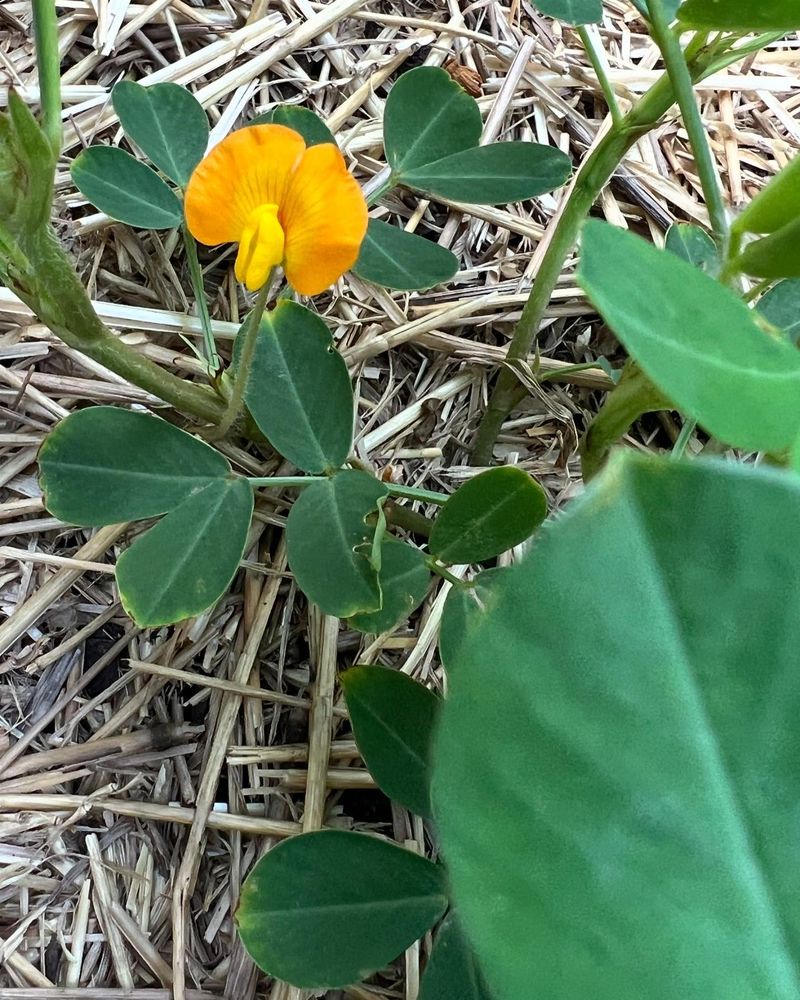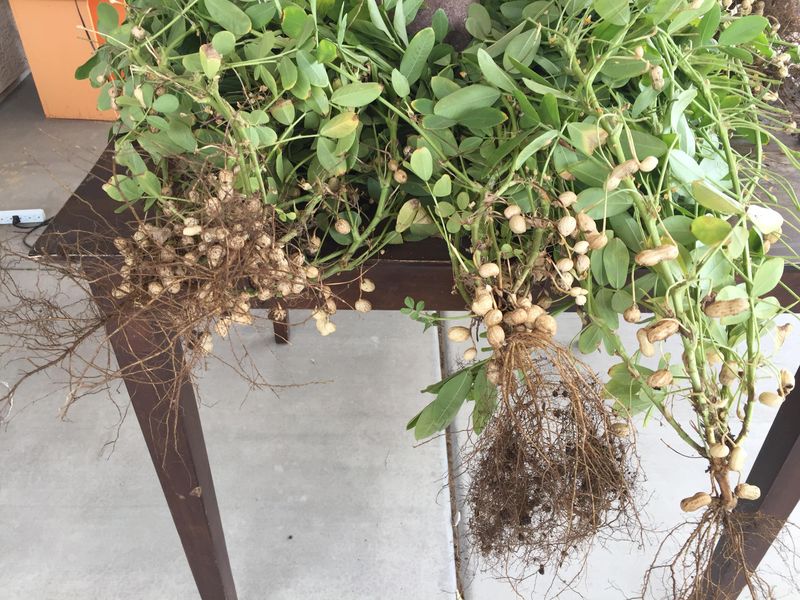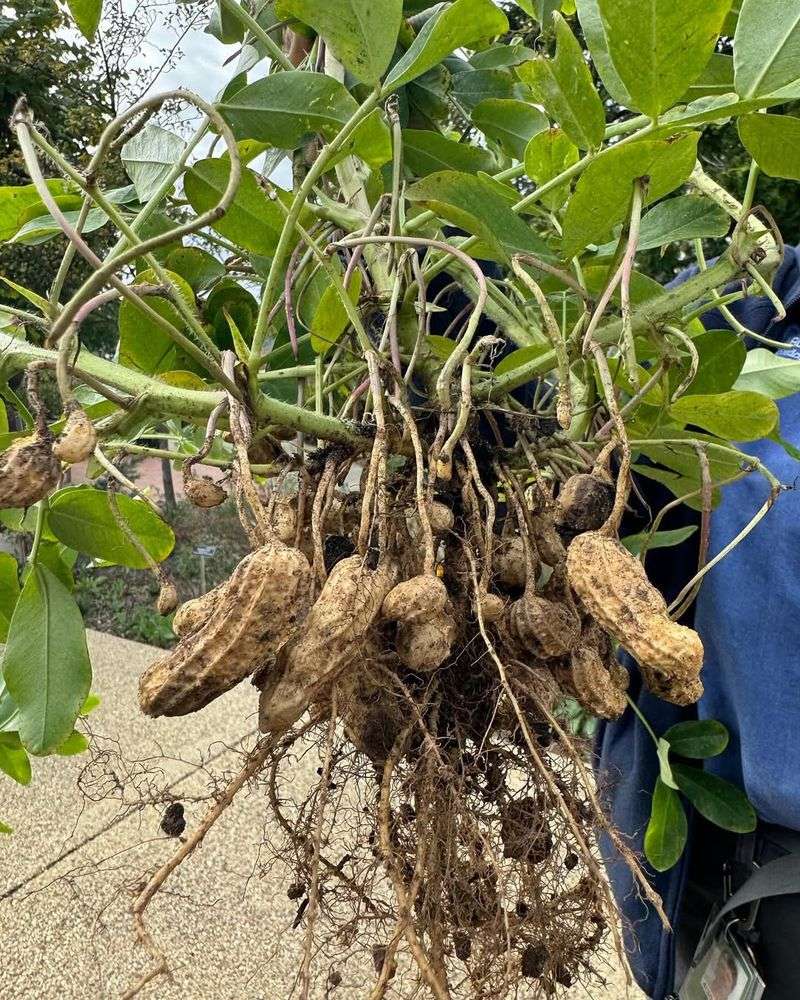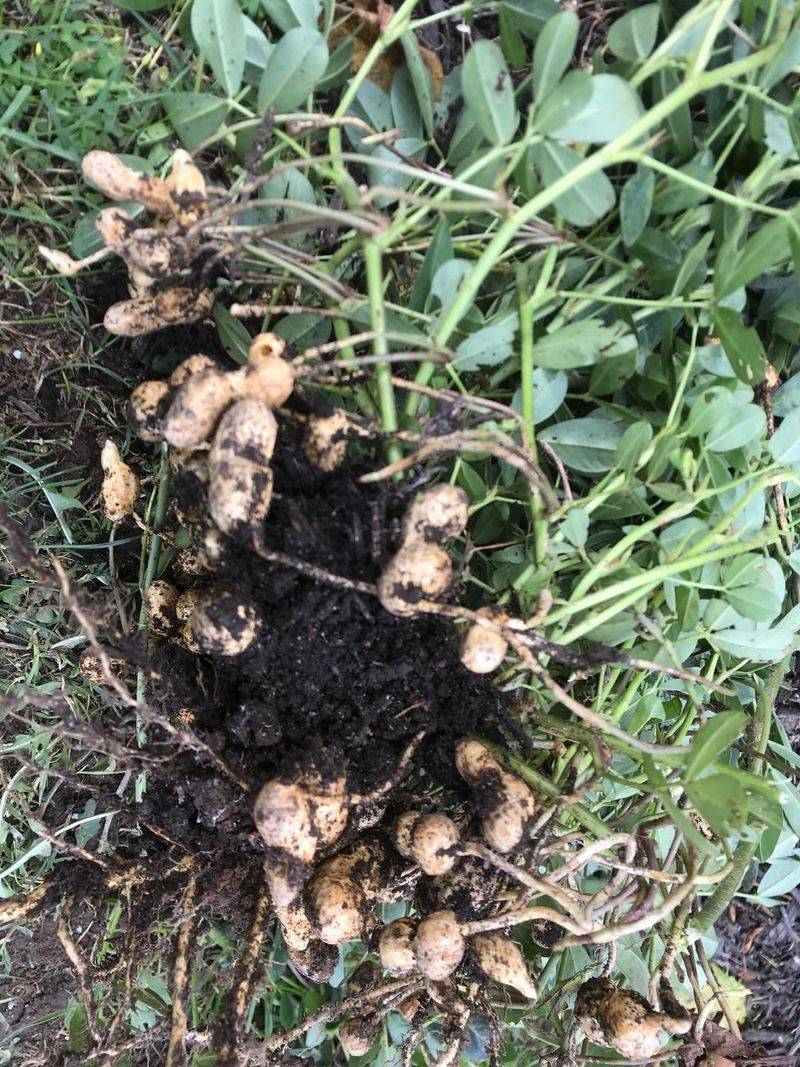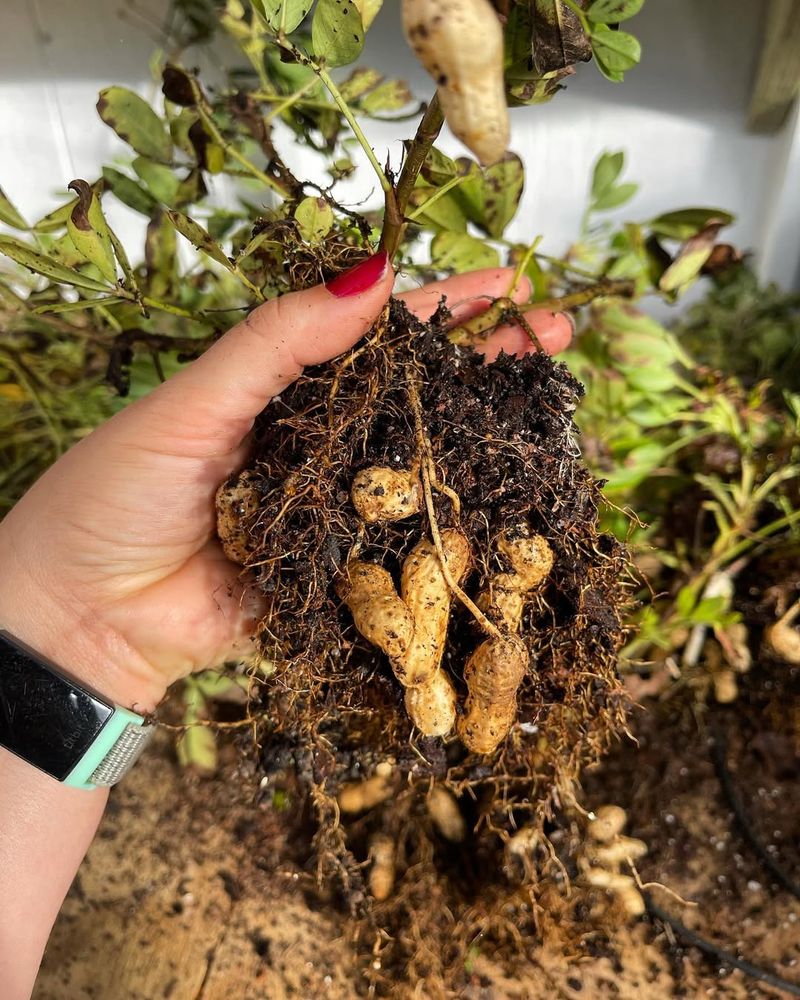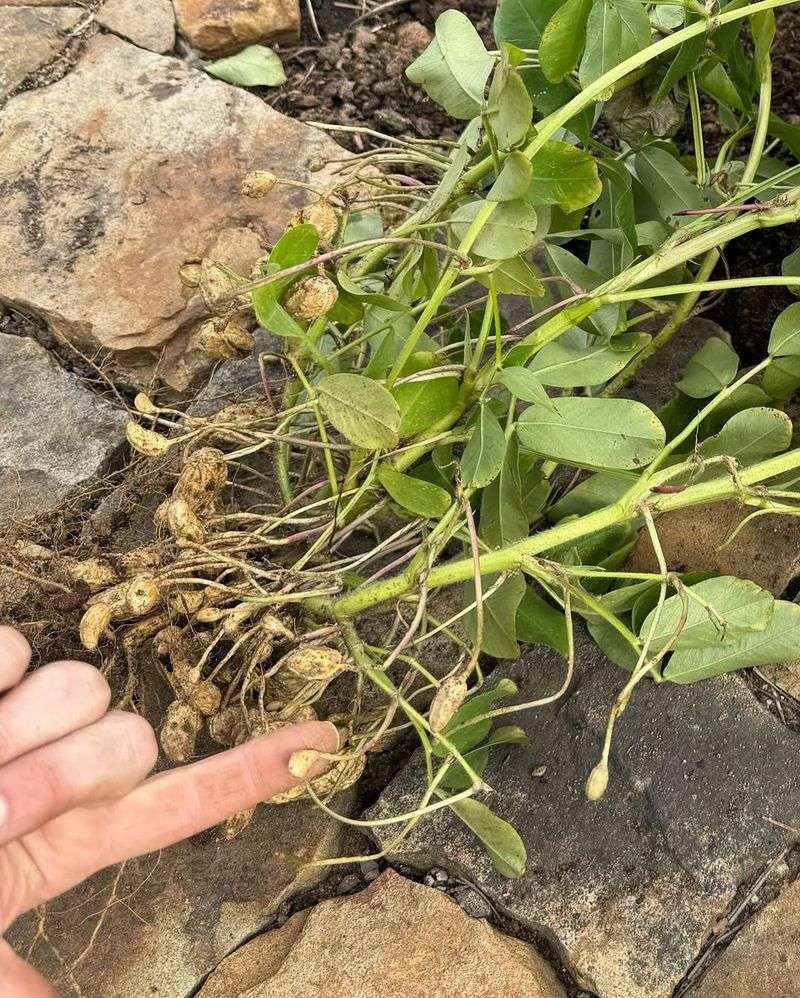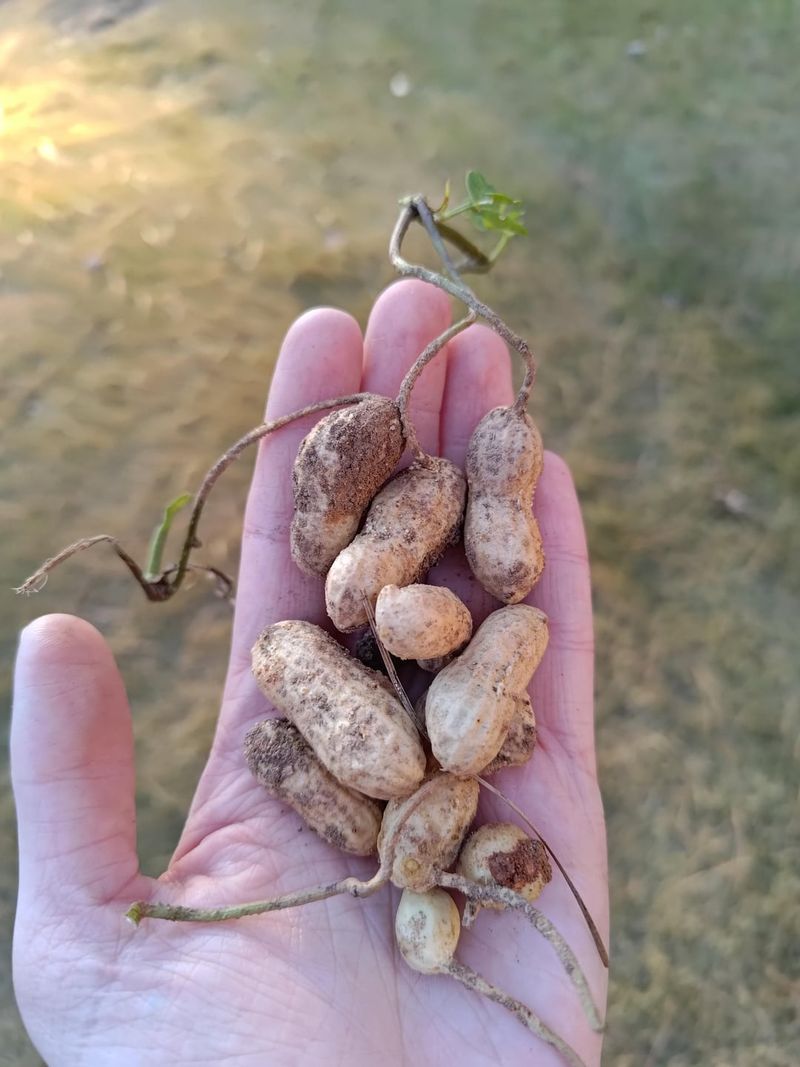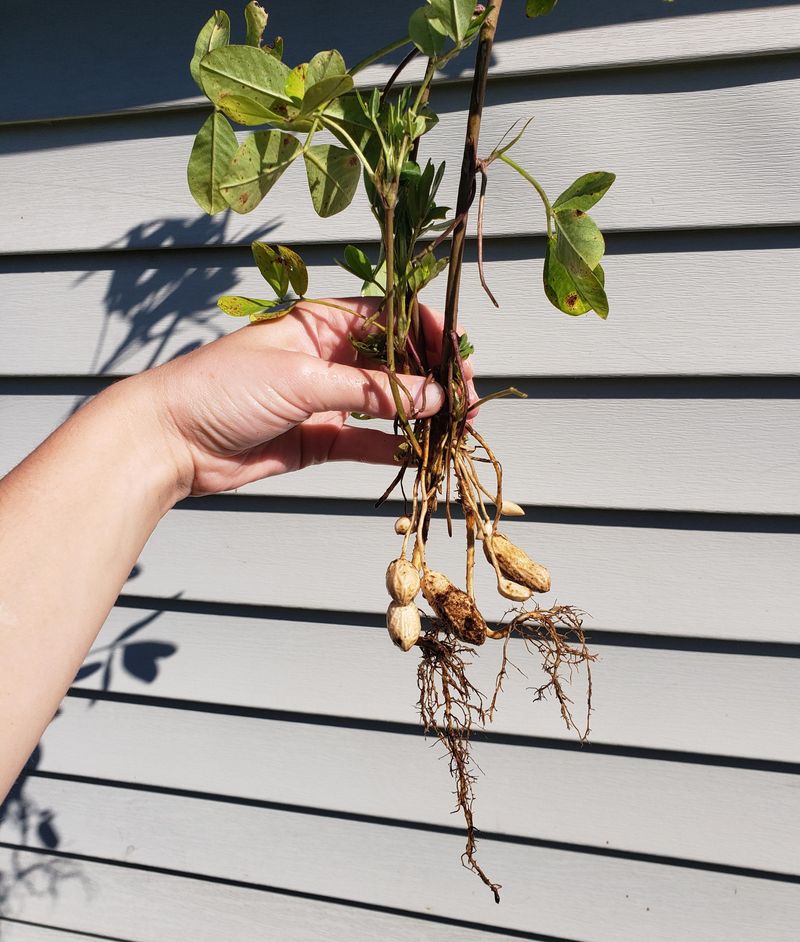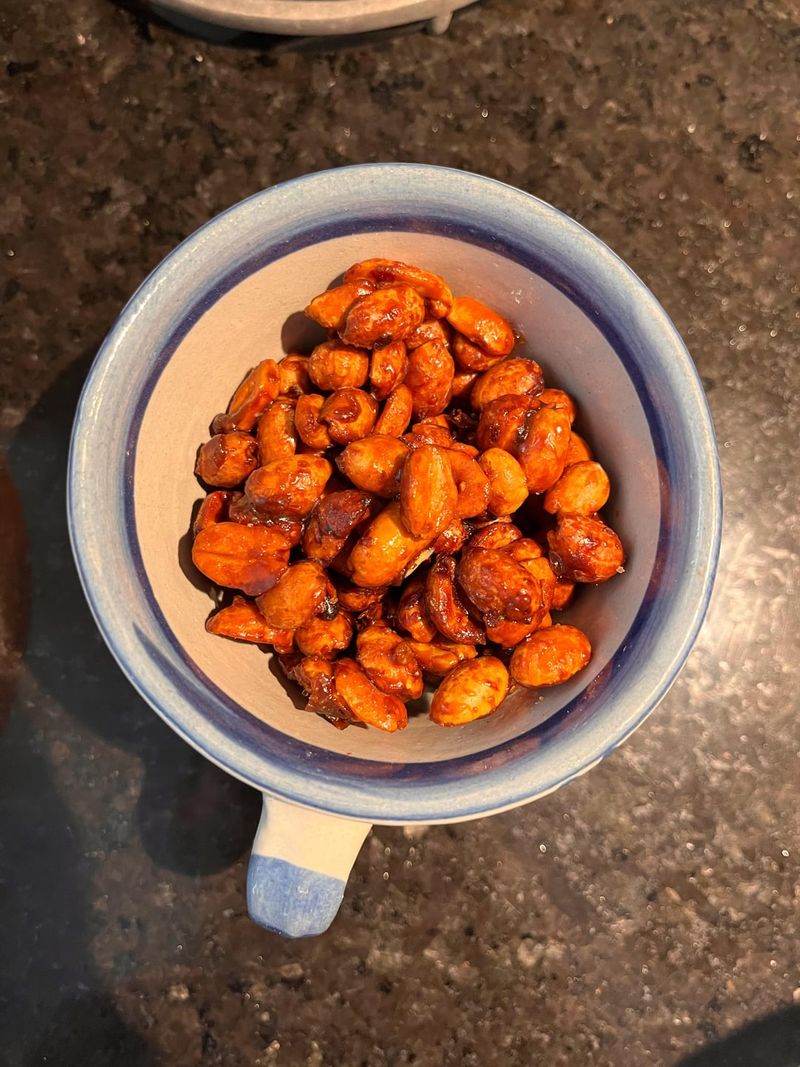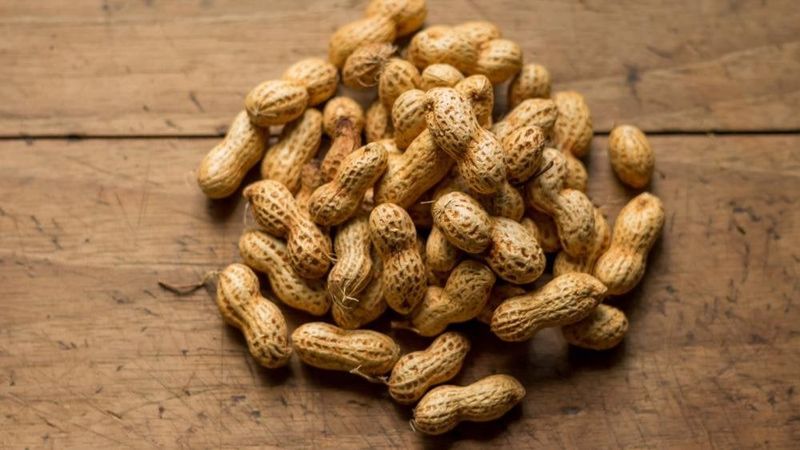Peanuts are full of surprises, and their growth cycle is one of nature’s coolest processes. From the moment you plant a peanut seed, there’s a lot more going on underground than you might think.
The secrets behind how they grow are pretty fascinating, and there are a few things even seasoned gardeners don’t know. In this guide, I’m going to share 15 little-known secrets that’ll make you look at peanuts in a whole new way.
Let’s uncover the magic behind this incredible crop!
1. The Peanut’s Hidden Start
Peanut seeds are not born in the limelight. These unassuming seeds quietly germinate underground, shielded from harsh sunlight and weather. Their growth starts with a subtle swell, a transformation that hints at the potential within.
As moisture seeps in, the seed’s outer shell softens, and tiny roots begin their descent. This stage is a delicate dance of timing and conditions, setting the stage for a healthy plant. The magic of germination lies in its quiet, underground start, promising a vibrant future above ground.
2. Self-Pollination Masters
Unlike many flowering plants, peanuts are self-pollinators. This unique capability allows them to reproduce efficiently without relying on wind or insects. It’s a fascinating adaptation that ensures genetic consistency across generations.
The peanut flower’s structure is perfectly designed for this task. Its stamens and pistils work in harmony, nestled closely to facilitate pollination. This self-sufficiency is a remarkable evolutionary trait, enabling peanuts to thrive even in isolated environments.
3. Burying the Treasure
Once pollinated, the peanut plant begins an unusual process—burying its own fruit. Known as geocarpy, this involves the flower stalks, or pegs, bending downwards to push the developing pods into the soil.
This underground development shields the peanuts from predators and environmental stressors. It’s nature’s clever way of ensuring the seeds mature safely, a strategy not commonly seen among other plants. This burial method is a defining feature of the peanut’s growth cycle.
4. The Role of Rhizobia
Peanuts engage in a mutually beneficial relationship with rhizobia bacteria. These microscopic allies reside in root nodules, assisting the plant by fixing atmospheric nitrogen into a usable form.
This symbiosis boosts the plant’s growth, reducing the need for nitrogen fertilizers. It’s an eco-friendly strategy that highlights the peanut’s ability to harness natural processes for its benefit. Understanding this relationship unveils the plant’s impressive adaptability.
5. A Heat Tolerant Wonder
Peanuts have evolved to withstand high temperatures, making them ideal for warm climates. This heat tolerance is a vital trait, enabling the plant to produce even under intense sun.
Their leaves are adapted to minimize water loss, while roots delve deep to access moisture. This resilience ensures a successful crop in regions prone to drought. By thriving where others wilt, peanuts showcase their robust nature and versatile growing capabilities.
6. Nutrient Needs and Tricks
Peanut plants have specific nutrient requirements, but they’re also masters of efficiency. They excel at extracting nutrients from the soil, often needing less fertilization than other crops.
Their ability to fix nitrogen naturally is part of this efficiency. By meeting their needs with minimal input, peanuts present a sustainable agricultural option. Their clever nutrient management is part of what makes them an agricultural favorite in many regions.
7. Diverse Genetic Makeup
Peanuts might seem uniform, but they harbor a wealth of genetic diversity. This diversity manifests in variations of pod shapes, sizes, and even flavors, offering a rich array of options for different uses.
Such genetic variation is crucial for breeding programs, providing the means to develop new varieties that can resist diseases and adapt to changing climates. It’s a testament to the peanut’s resilience and evolutionary success.
8. Soil Health Champions
Growing peanuts can significantly enhance soil health. Their root systems help improve soil structure, while leftover biomass adds organic matter upon decomposition.
This contributes to a more fertile environment, benefiting subsequent crops. Peanuts act as natural tillers, aerating and enriching the soil. Their cultivation offers not just a harvest, but also a healthier growing medium for future plantings.
9. Pest and Disease Resilience
Peanuts have developed a natural resilience to many pests and diseases, reducing the need for chemical interventions. This resistance is due to both genetic factors and the plant’s robust growth habits.
Healthy plants can fend off threats more effectively, and peanuts excel in maintaining vigor. Their disease resistance is a key factor in their widespread cultivation and success across diverse regions.
10. Water-Wise Growth
Peanuts are remarkably efficient in their water use, a trait that’s crucial in water-scarce environments. Their growth strategies include deep roots and drought-tolerant leaves.
This efficiency is complemented by innovative irrigation practices, maximizing water availability. Peanuts set a benchmark for sustainable farming by thriving while conserving precious water resources.
11. Climate Adaptability
The peanut plant’s ability to adapt to different climates is a testament to its evolutionary success. Whether facing fluctuating temperatures or unpredictable rainfall, peanuts adjust with remarkable ease.
Their genetic diversity plays a role in this adaptability, allowing them to thrive in environments that challenge less resilient plants. This adaptability ensures a stable food source in an ever-changing world.
12. Versatile Harvesting Techniques
Peanut harvesting is an art, blending traditional methods with modern technology. Farmers often use equipment like diggers, which gently uproot plants while preserving the pods.
This careful handling minimizes crop loss and maximizes yield. The evolution of harvesting techniques reflects the peanut’s agricultural importance and the ongoing efforts to optimize production.
13. Post-Harvest Innovations
The journey doesn’t end at harvest; post-harvest techniques are crucial for maintaining quality. Peanuts undergo drying to reduce moisture, preventing mold and preserving flavor.
Advancements in storage and processing ensure that peanuts remain fresh longer. These innovations are key to meeting global demand and delivering a quality product from farm to table.
14. Culinary Versatility
From classic peanut butter to exotic dishes, peanuts are a culinary chameleon. Their rich, nutty flavor complements both sweet and savory recipes, making them a kitchen staple.
This versatility extends to peanut oil and flour, offering numerous health benefits. Their wide-ranging uses highlight the peanut’s role not just as a crop, but as a beloved ingredient worldwide.
15. Cultural and Economic Impact
Peanuts hold significant cultural and economic importance globally. They are a staple in many diets and a key ingredient in regional cuisines.
Economically, peanuts support livelihoods, from farmers to manufacturers. Their trade and production play a crucial role in many countries, underlining their global impact beyond the fields.

